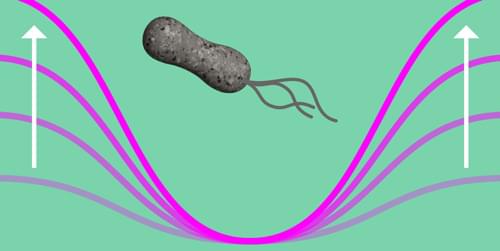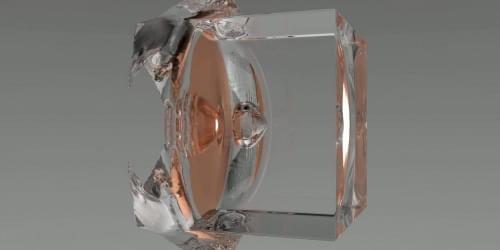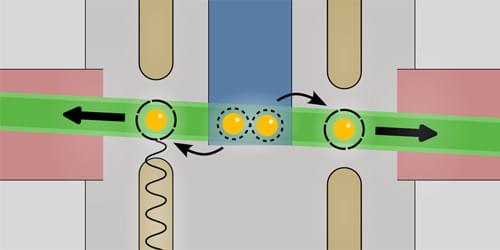Feb 8, 2024
Smooth Control of Active Matter
Posted by Saúl Morales Rodriguéz in categories: biotech/medical, materials
A theoretical study finds that the most energy-efficient way to control an active-matter system is to drive it at finite speed—unlike passive-matter systems.
The control of active matter, a class of systems in which each constituent constantly converts energy into directed motion, holds great potential for applications ranging from the targeted delivery of drugs to the creation of smart materials. Using an active-matter system to achieve a particular goal requires that one can efficiently drive it from one state to another. However, active matter’s intrinsic nonequilibrium condition presents a major challenge for theoretical treatments, meaning the most efficient way of driving a system is often difficult to predict. Now Luke Davis at the University of Luxembourg and colleagues have introduced a general framework to determine thermodynamically optimal protocols to drive active systems between different states in a way that minimizes the associated heat dissipation [1].


















